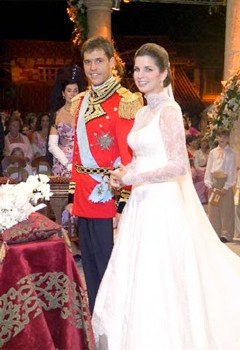Top 10 Most Powerful Families In History
Seven days back I eliminated a rundown (something I very only from time to time do) which had created a significant ruckus; it was a rundown of the most impressive families. This new rundown is intended to supplant the first and to give a more extensive perspective on probably the most impressive notable families while not barring regal houses (who rule this rundown as one would anticipate). Let us trust this is gotten in a way that is better than the first (which I should add, was not without its benefits).
1.Rothschild Family
The Rothschild family (regularly alluded to just as the Rothschilds), is a global banking and account tradition of German Jewish starting point that set up activities across Europe, and was praised by the Austrian and British governments. The family's ascent to global unmistakable quality started with Mayer Amschel Rothschild (1744–1812 – presented over), whose methodology for future achievement was to keep control of their organizations in family hands, permitting them to keep up full carefulness about the size of their riches and their business accomplishments. Mayer Rothschild effectively kept the fortune in the family with painstakingly organized relationships between firmly related relatives. Nathan Mayer Rothschild began his London business, N. M. Rothschild and Sons in 1811 at New Court in St Swithin's Lane, City of London, where it actually exchanges today. In 1818, he organized a £5 million advance to the Prussian government, and the giving of bonds for government advances framed a backbone of his bank's business. He picked up a place of such force in the City of London that by 1825–6 he had the option to supply enough coin to the Bank of England to empower it to turn away a market liquidity emergency.
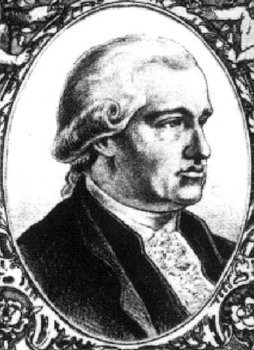
2.Plantagenets
In the shot in the dark between including the Plantagenets or the Tudors, the Plantagenet's won since a significant part of the advancement of the English culture and political framework (which stays right up 'til today) emerged under their standard. Under the Tudors, the Church of England was framed and some state a brilliant age happened, however the criticalness of the Plantagenet line is far more noteworthy (and moreover, Henry VIII was slipped matrilineally from the Plantagenet family in any case). The House of Plantagenet was an illustrious house established by Henry II of England, child of Geoffrey V of Anjou. The Plantagenet lords previously controlled the Kingdom of England in the twelfth century. Altogether, fifteen Plantagenet rulers, including those having a place with cadet branches, managed England from 1154 until 1485. An unmistakable English culture and workmanship arose during the Plantagenet time, energized by a portion of the rulers who were supporters of the "father of English verse"; Geoffrey Chaucer. The Gothic design style was mainstream during the time, with structures, for example, the Westminster Abbey and York Minster rebuilt in that style. There was likewise enduring advancements in the social area, for example, John I of England's marking of the Magna Carta (presented previously). This was powerful in the advancement of precedent-based law and protected law. Political foundations, for example, the Parliament of England and the Model Parliament begin from the Plantagenet time frame, as do instructive establishments including the University of Cambridge and Oxford.
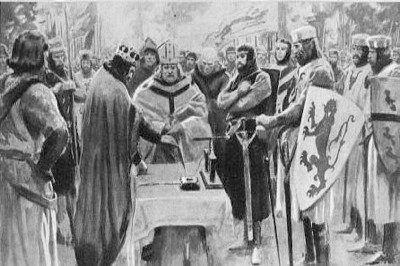
3.Nehru-Gandhi family
The Nehru-Feroz Gandhi family is an Indian political family which has been predominant in the Indian National Congress for a large portion of India's initial autonomous history. Three individuals from the family (Pandit Jawaharlal Nehru, his little girl Indira Gandhi and her child Rajiv Gandhi) have been Prime Minister of India, two of whom (Indira and Rajiv Gandhi) have been killed. A fourth individual from the family, Sonia Gandhi, is at present Congress President, while her and Rajiv's child, Rahul Gandhi, is the most youthful individual from the family to enter dynamic legislative issues when he challenged and won a seat in the lower place of the Parliament of India in 2004. The Nehru-Feroz Gandhi family isn't identified with Indian autonomy pioneer Mohandas Gandhi. The Nehru-Gandhis are the most unmistakable illustration of the custom of dynastic initiative in Asian majority rule nations.
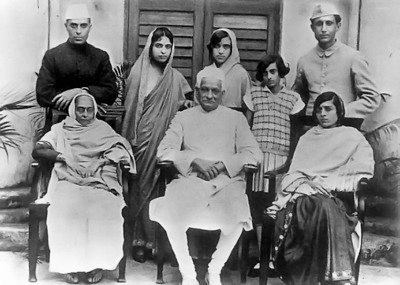
4.Khan Family
Genghis Khan (presented above) was the author, Khan (ruler) and Khagan (head) of the Mongol Empire, the biggest coterminous domain ever.
He came to control by joining a significant number of the traveling clans of upper east Asia. Subsequent to establishing the Mongol Empire and being broadcasted "Genghis Khan", he began the Mongol intrusions and strikes of the Kara-Khitan Khanate, Caucasus, Khwarezmid Empire, Western Xia and Jin administrations. During his life, the Mongol Empire at last involved a significant part of Central Asia. Before Genghis Khan passed on, he appointed Ogedei Khan as his replacement and split his realm into khanates among his children and grandsons. He kicked the bucket in 1227 in the wake of vanquishing the Tanguts. He was covered in a plain grave some place in Mongolia at an area obscure. His relatives proceeded to extend the Mongol Empire across the greater part of Eurasia by overcoming as well as making vassal states out of all of advanced China, Korea, the Caucasus, Central Asian nations, and considerable segments of current Eastern Europe and the Middle East.
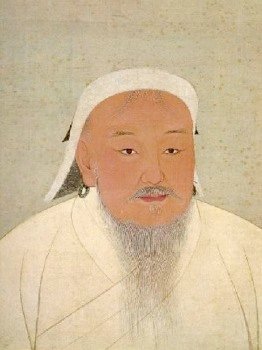
5.Claudia and Julius Families
These two families are consolidated in one thing as they were two of the main families in Ancient Rome and in the long run combined to shape the Julio-Claudian Dynasty that gave the most renowned rulers: Caligula, Augustus (presented above), Claudius, Tiberius, and Nero. These five sovereigns administered the Roman Empire from 27 BC to AD 68, when the remainder of the line, Nero, ended it all. These five rulers were connected through marriage and appropriation into the familial gens Julio and gens Claudia. Julius Caesar is some of the time erroneously observed as its organizer, despite the fact that he was not a head and had no Claudian associations; Augustus is the more broadly acknowledged originator. The rules of the Julian-Claudian heads bear some comparative characteristics: All came to control through roundabout or received relations. Each extended the region of the Roman Empire and started gigantic development ventures. They were commonly adored by the average citizens, however were despised by the senatorial class – a notion reflected by antiquated students of history. Antiquated antiquarians depict the Julio-Claudians as presumptuous, frantic, explicitly unreasonable and oppressive.
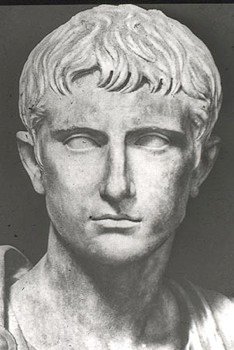
6.Zhu Family
"Zhu" was the family name of the rulers of the Ming Dynasty. The main Ming Emperor, Hongwu (Zhu Yuanzhang – presented above) selected to utilize the name Ming for the dynastic name. Ming signifies "Splendid". The Ming Dynasty was the decision line of China from 1368 to 1644, following the breakdown of the Mongol-drove Yuan Dynasty. The Ming, "perhaps the best time of deliberate government and social dependability in mankind's set of experiences," was the last line in China managed by ethnic Hans. Despite the fact that the Ming capital Beijing fell in 1644 to a defiance drove by Li Zicheng, which was itself before long supplanted by the Manchu-drove Qing Dynasty (the last Chinese majestic family), systems faithful to the Ming seat (on the whole called the Southern Ming) made due until 1662. Ming rule saw the development of a huge naval force and a standing multitude of 1,000,000 soldiers. There were tremendous development ventures, including the reclamation of the Grand Canal and the Great Wall and the foundation of the Forbidden City in Beijing during the main quarter of the fifteenth century. Appraisals for the late-Ming populace change from 160 to 200 million. The Ming administration is regularly viewed as both a high point in Chinese progress just as a tradition in which early indications of free enterprise arose.
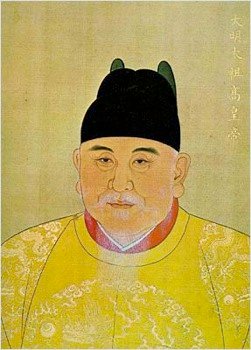
7.Habsburgs
The House of Habsburg was a significant imperial place of Europe and is most popular as providing the entirety of the officially chosen Holy Roman Emperors somewhere in the range of 1452 and 1740, just as leaders of Spain and the Austrian Empire. Initially from Switzerland, the administration previously reigned in Austria, which they governed for more than six centuries, however a progression of dynastic relationships brought Burgundy, Spain, Bohemia, Hungary and different regions into the legacy. The line is named after their seat of beginning, the Habsburg Castle in the Swiss Canton of Aargau. The administration's adage is "Let others take up arms, yet you, glad Austria, will wed", which demonstrates the ability of the Habsburgs to have their individuals intermarry into other illustrious houses, to make coalitions and acquire an area. Sovereign Maria Theresa (presented above) is perceived eminently for it and is once in a while alluded to as the 'Incomparable Grandmother of Europe'.
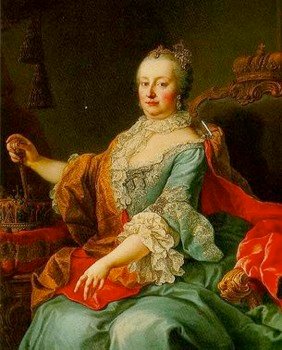
8.Ptolemy Family
The Ptolemaic line was a Hellenistic Macedonian illustrious family which administered the Ptolemaic Empire in Egypt for almost 300 years, from 305 BC to 30 BC. Ptolemy, one of the seven protectors who filled in as Alexander the Great's officers and representatives, was selected satrap of Egypt after Alexander's demise in 323 BC. In 305 BC, he pronounced himself King Ptolemy I, later known as "Soter" (rescuer). The Egyptians before long acknowledged the Ptolemies as the replacements to the pharaohs of autonomous Egypt. Ptolemy's family administered Egypt until the Roman success of 30 BC. The most popular individual from the line was the last sovereign, Cleopatra VII (presented above), known for her part in the Roman political fights between Julius Caesar and Pompey, and later among Octavian and Mark Antony. Her self destruction at the triumph by Rome denoted the finish of Ptolemaic guideline in Egypt.
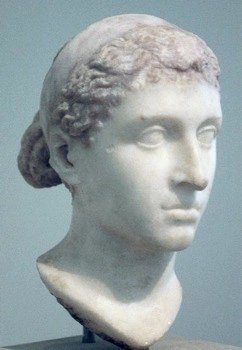
9.Medici Family
The Mèdici family was a ground-breaking and powerful Florentine family from the thirteenth to seventeenth century. The family had three popes (Leo X – presented above, Clement VII, and Leo XI), various leaders of Florence (quite Lorenzo the Magnificent, supporter of probably the most celebrated works of Renaissance craftsmanship) and later individuals from the French and English sovereignty. Like other signore families they overwhelmed their regional's administration. They had the option to bring Florence under their family's capacity, taking into account a climate where workmanship and humanism could thrive. They drove the introduction of the Italian Renaissance alongside the other extraordinary signore groups of Italy, for example, the Visconti and Sforza groups of Milan, the Este of Ferrara, and the Gonzaga of Mantua. The Medici Bank was one of the most prosperous and generally regarded in Europe. There are a few gauges that the Medici family were for a while the most affluent family in Europe. From this base, they procured political force at first in Florence and later in more extensive Italy and Europe.
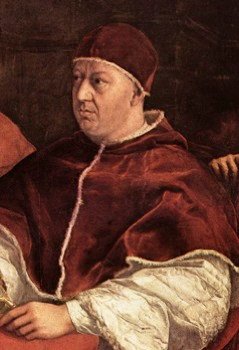
10.Capetian Family
The Capetian administration is the biggest European regal house. It incorporates any of the immediate relatives of Hugh Capet of France. Ruler Juan Carlos of Spain and Grand Duke Henri of Luxembourg are individuals from this family, both through the Bourbon part of the tradition. Throughout the span of the previous hundreds of years, Capetians spread all through Europe, administering each type of common unit from realms to estates. Other than being the most various imperial family in Europe, it likewise is one of the most forbidden, particularly in the Spanish Monarchy. Numerous years have passed since the Capetian rulers controlled a huge piece of Europe, anyway they actually stay as lords, just as different titles. As of now two Capetian rulers actually rule in Spain and Luxembourg. What's more, seven actors speak to banished dynastic governments in Brazil, France, Spain, Portugal, Parma and Two Sicilies. The current genuine senior relative is Louis Alfonso (presented over), the Duke of Anjou, who additionally holds the Legitimist guarantee to the French seat. In general, many parts of the Capetian tradition actually exist all through Europe.Notable Omissions: Merovingians, Qin family, Bhutto family, Tudors, Romanovs, Stuarts, House of Orange, Berenguer family, Kennedy family, Vanderbilt familyThis article is authorized under the GFDL on the grounds that it contains citations from Wikipedia.
